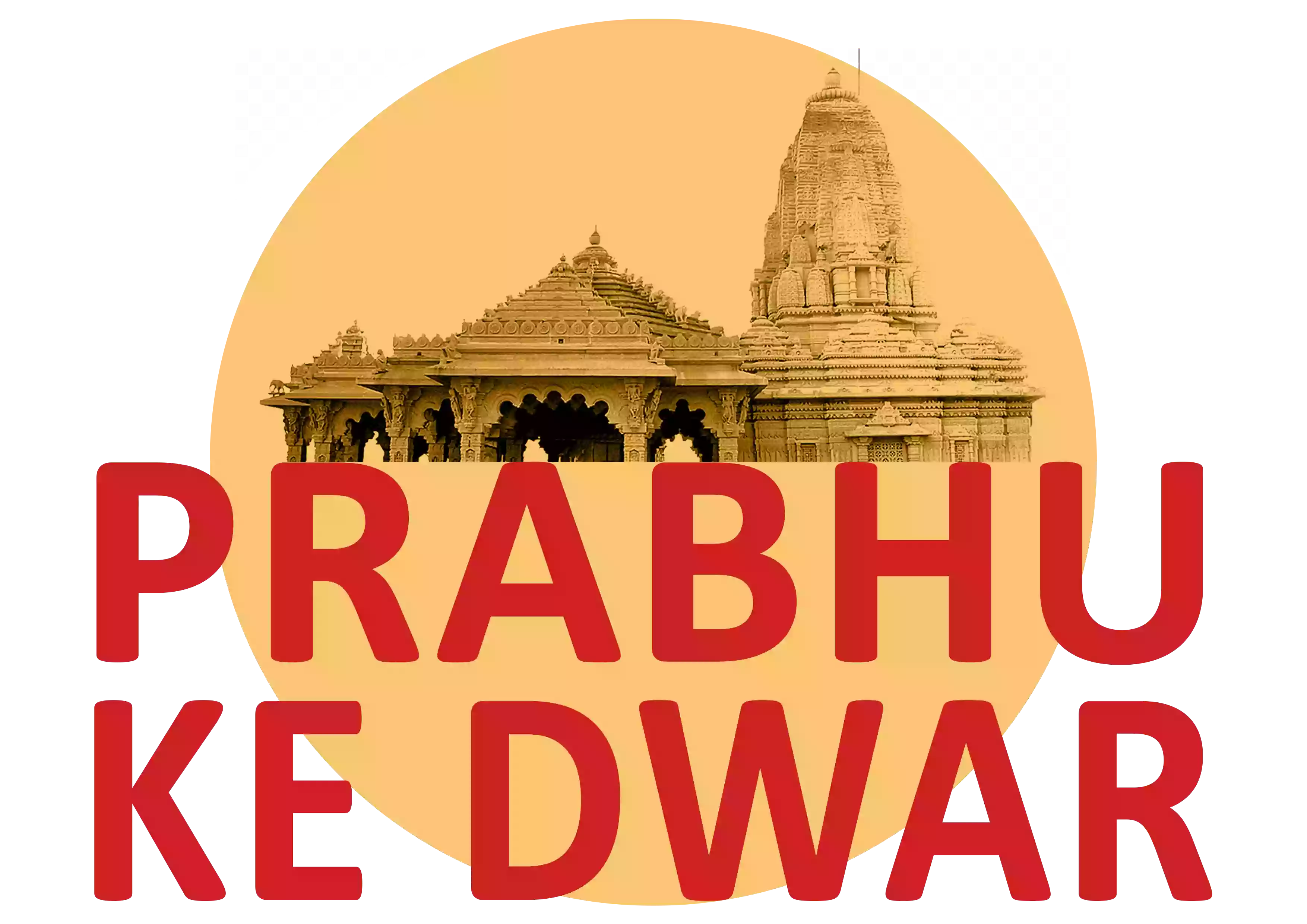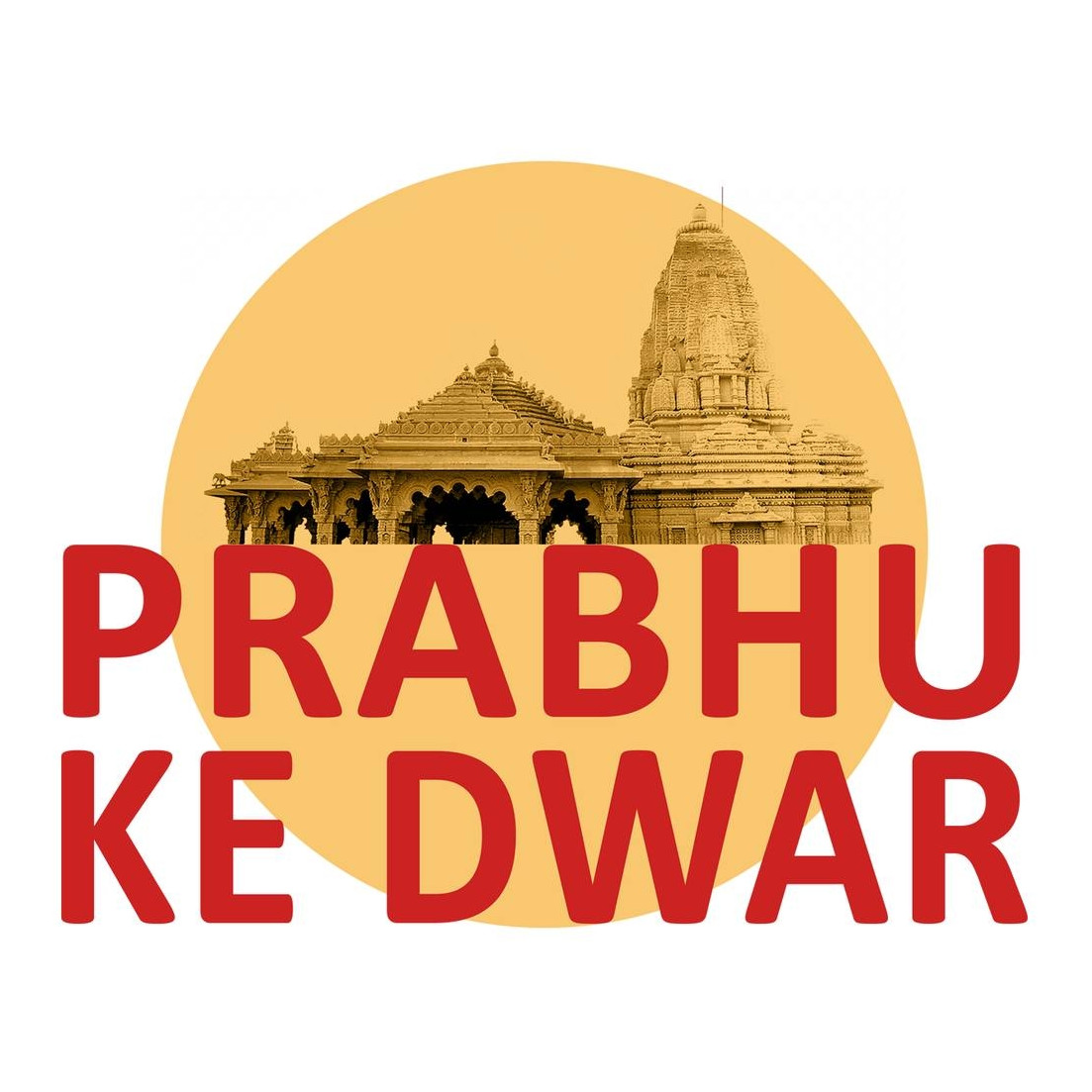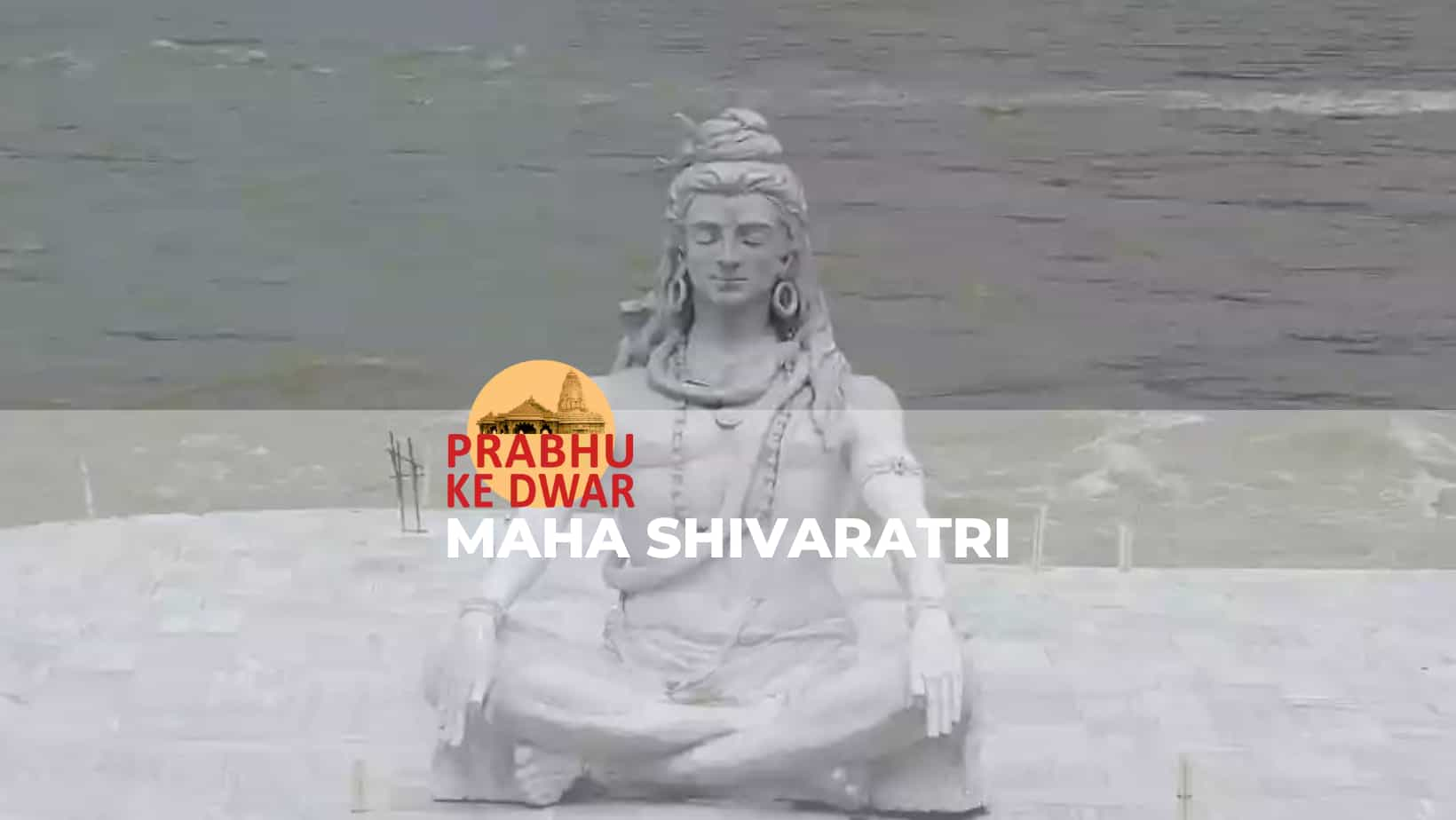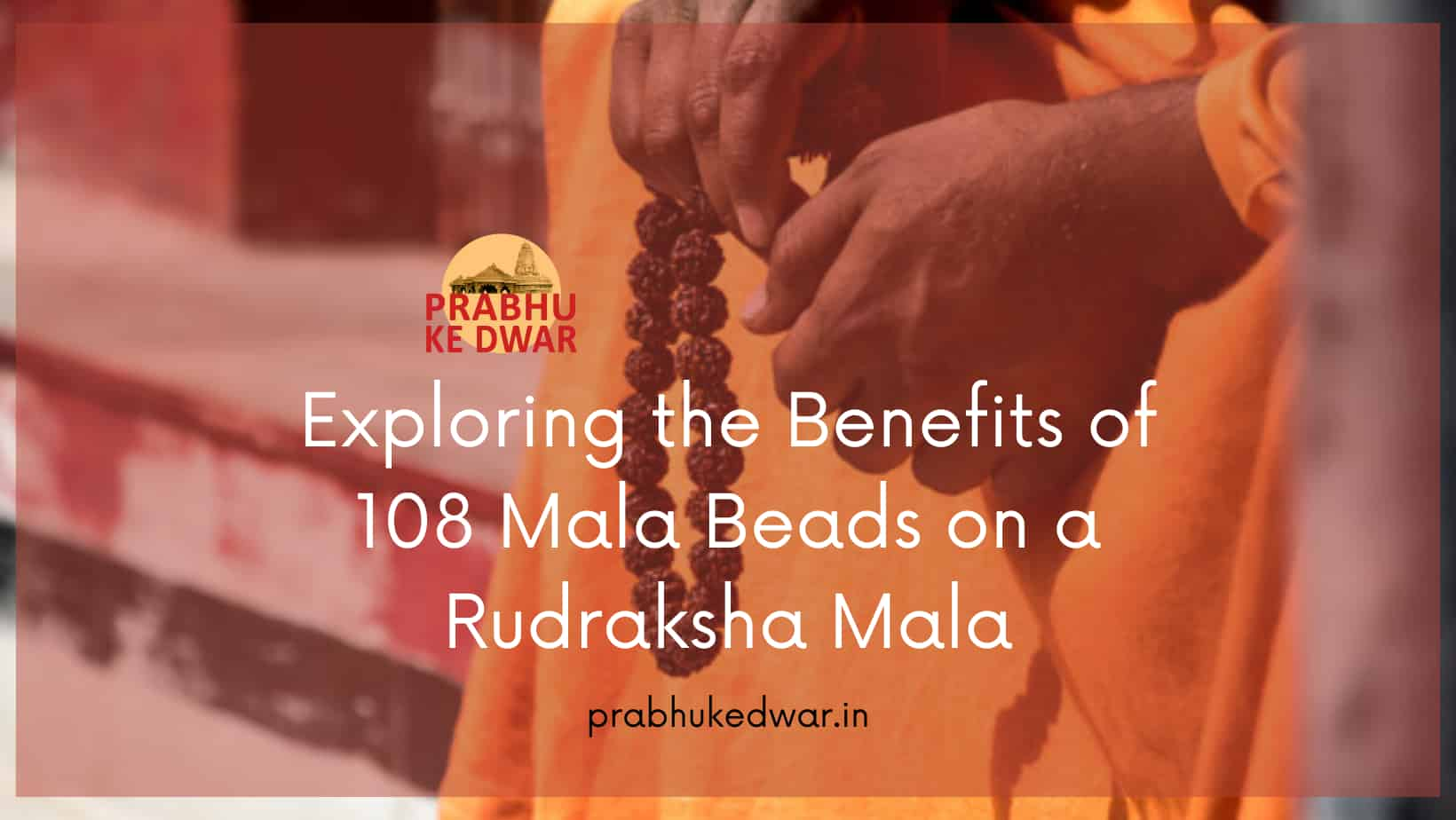Maha Shivaratri, also known as the Great Night of Shiva, is one of the most significant festivals for the devotees of Lord Shiva. It is celebrated with great enthusiasm and devotion by millions of people around the world. This festival holds immense spiritual and religious importance, and it is believed that observing the rituals and prayers on this auspicious day can bring blessings, prosperity, and liberation.
Why is Shivratri Celebrated?
Shivratri, meaning "night of Shiva," is celebrated to honor Lord Shiva, the supreme deity of the Hindu pantheon. It is believed that on this day, Lord Shiva performed the Tandava, a cosmic dance that signifies creation, preservation, and destruction. The festival is celebrated to acknowledge Lord Shiva's role as the destroyer of evil and the harbinger of positive transformation.
Maha Shivaratri Story: The Legend of Lord Shiva's Marriage
According to Hindu mythology, there are various stories associated with the origin of Maha Shivaratri. One such popular story is the divine marriage of Lord Shiva and Goddess Parvati. It is said that Goddess Parvati, deeply in love with Lord Shiva, performed intense penance and observed rigorous fasting to win his heart.
Impressed by her devotion and dedication, Lord Shiva agreed to marry her on the moonless night of Phalgun, which is now celebrated as Maha Shivaratri. The marriage of Lord Shiva and Goddess Parvati symbolizes the union of the divine masculine and feminine energies, representing the cosmic balance and harmony.
Shivarathri: Significance of Fasting and Vigil
During Maha Shivaratri, devotees observe strict fasting as a mark of devotion and spiritual purification. Fasting is believed to cleanse the body and mind and create a conducive environment for spiritual experiences. Devotees abstain from consuming food and water for the entire day and night, seeking blessings from Lord Shiva.
The night of Shivaratri is considered highly auspicious, and devotees engage in vigil, staying awake throughout the night, chanting prayers, and singing devotional hymns. This practice is known as "jagran" and is believed to keep away negative forces and bring spiritual awakening.
Mahashivratri Story: The Churning of the Ocean
Another significant story associated with Maha Shivaratri is the churning of the cosmic ocean, known as Samudra Manthan. It is believed that during this celestial event, the gods (Devas) and demons (Asuras) came together to churn the ocean to obtain the elixir of immortality.
As the churning began, a pot of poison emerged from the ocean, threatening to destroy all creation. To protect the universe, Lord Shiva consumed the poison, holding it in his throat. This act turned his throat blue, earning him the name "Neelkanth" (the one with a blue throat).
Maha Shivaratri Festival: Rituals and Traditions
The celebration of Maha Shivaratri involves various rituals and traditions that vary across different regions. Here are some common practices observed during this festival:
- Abhishekam: Devotees offer a ceremonial bath to the Shiva Lingam, the symbol of Lord Shiva, with water, milk, honey, and other sacred substances. This ritual signifies the purification and consecration of the deity.
- Bilva Leaves and Bel Patra: Offering bilva leaves and bel patra (leaves of the Aegle marmelos tree) to Lord Shiva is considered highly auspicious. It is believed that the offering of these leaves brings immense blessings and removes obstacles from one's life.
- Rudra Puja: Elaborate prayers and rituals are conducted, known as Rudra Puja, to seek the blessings of Lord Shiva. Devotees chant mantras, perform aarti (ceremonial waving of lamps), and offer flowers and incense to the deity.
- Nightlong Vigil: As mentioned earlier, devotees stay awake all night, engaging in devotional activities, singing bhajans (devotional songs), and reciting prayers dedicated to Lord Shiva. This practice is believed to invite the divine presence and bestow blessings upon the devotees.
- Meditation and Yoga: Many devotees engage in meditation and yoga practices to deepen their spiritual connection with Lord Shiva. These practices help in focusing the mind, purifying the body, and experiencing inner tranquility.
What is Shivratri: A Day of Spiritual Significance
Shivratri is not just a religious festival but also a day of deep spiritual significance. It offers an opportunity for devotees to connect with the divine and seek blessings for spiritual growth and liberation. The festival encourages self-reflection, introspection, and the renunciation of negative tendencies.
By observing the rituals and practices associated with Maha Shivaratri, devotees aim to attain self-realization, inner peace, and enlightenment. It is believed that Lord Shiva, known as the supreme yogi and the embodiment of transcendence, grants the sincere prayers of his devotees on this auspicious day.
Mahashivratri History: Ancient Origins and Cultural Significance
The history of Mahashivratri dates back to ancient times, and its celebration can be traced across various cultures and traditions. It is believed to have originated in the Indian subcontinent, where Lord Shiva was revered as the Adi Yogi (the first yogi) and the patron deity of yoga and meditation.
Over the centuries, the festival has gained cultural significance and is celebrated with great enthusiasm not only in India but also in Nepal, Sri Lanka, and other parts of the world with a significant Hindu population. The cultural festivities include processions, music, dance performances, and elaborate decorations.
Story behind Mahashivratri: The Triumph of Good over Evil
The story behind Mahashivratri represents the triumph of good over evil, light over darkness, and knowledge over ignorance. It symbolizes the eternal cycle of creation, preservation, and dissolution and reminds us of the need to transcend worldly attachments and seek spiritual enlightenment.
Devotees celebrate this festival to honor Lord Shiva's divine qualities and teachings, which inspire them to lead a righteous life and overcome the challenges of existence. The story behind Mahashivratri serves as a source of inspiration and guidance for devotees on their spiritual path.
FAQ
Q: When is Maha Shivaratri celebrated?
A: Maha Shivaratri is celebrated on the 14th night of the dark fortnight in the Hindu month of Phalgun (February or March).
Q: What is the significance of fasting during Maha Shivaratri?
A: Fasting during Maha Shivaratri is considered a means of purifying the body and mind, and it is believed to bring spiritual benefits and divine blessings.
Q: Can anyone observe Maha Shivaratri?
A: Yes, Maha Shivaratri can be observed by anyone who has faith and reverence for Lord Shiva. It is a festival that transcends casteand gender barriers, welcoming all devotees.
Q: Are there any specific prayers or mantras recited during Maha Shivaratri?
A: Yes, several prayers and mantras are chanted during Maha Shivaratri, such as the Maha Mrityunjaya Mantra and the Om Namah Shivaya mantra. These sacred chants invoke the blessings and grace of Lord Shiva.
Q: How long should the vigil be maintained during Maha Shivaratri?
A: The vigil is typically observed throughout the night, from sunset to sunrise. Devotees stay awake, engage in devotional activities, and meditate to deepen their connection with Lord Shiva.
Q: Can Maha Shivaratri be celebrated at home?
A: Yes, Maha Shivaratri can be celebrated both at temples and at home. Many devotees create a sacred space within their homes, decorate it with flowers and lamps, and perform rituals and prayers to honor Lord Shiva.
Q: What is the significance of offering milk and other sacred substances to the Shiva Lingam?
A: Offering milk and sacred substances to the Shiva Lingam is symbolic of nurturing and nourishing the divine consciousness within. It represents the devotee's surrender and devotion to Lord Shiva.
Q: How does Maha Shivaratri inspire spiritual growth?
A: Maha Shivaratri inspires spiritual growth by encouraging devotees to engage in self-reflection, meditation, and the practice of virtues such as compassion, truthfulness, and self-discipline. It serves as a reminder to lead a righteous and virtuous life.
"Maha Shivaratri, the biggest festival for the devotees of Lord Shiva, holds immense significance and spiritual importance. It celebrates the divine union of Lord Shiva and Goddess Parvati, symbolizing the balance of cosmic energies and the triumph of good over evil. The festival is marked by fasting, vigil, prayers, and meditation, enabling devotees to connect with the divine and seek spiritual growth. As we celebrate Maha Shivaratri, let us immerse ourselves in the stories, rituals, and traditions associated with this auspicious occasion, seeking the blessings and grace of Lord Shiva."



